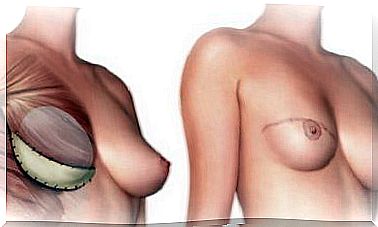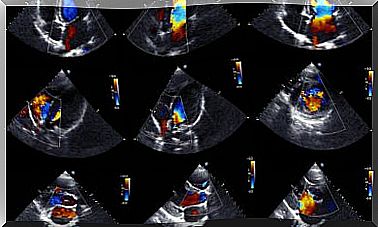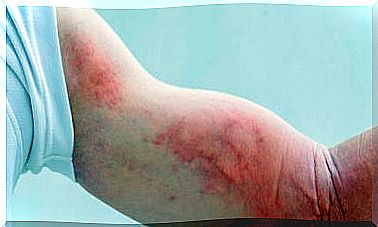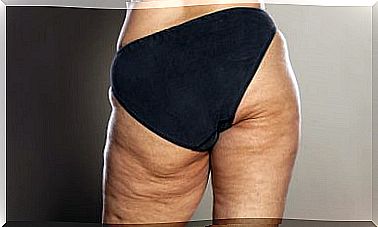Sinuses: 5 Things We Should Know
The paranasal sinuses are air-filled cavities located in the bones of the skull, whose functions are multiple:
- They facilitate our breathing.
- They are involved in phonation and smell.
- They participate in the regulation of internal temperature.
Many times we do not look at certain structures in our body until a problem appears. And this happens with paransal sinuses.
Anyone who has suffered from sinusitis, the inflammation of the paranasal sinuses, will undoubtedly know exactly where these structures are.
In sinusitis, the sinuses produce mucus in order to contain certain bacteria. When this substance is in excess, it ends up plugging the cavities and causing inflammation.
It is a process as common as it is annoying suffered by millions of people, one of many medical conditions that affect these delicate and curious structures of our anatomy that we wish to delve into today.
Next, we give you 5 facts that, without a doubt, you will like to know.
1. How many sinuses do we have?
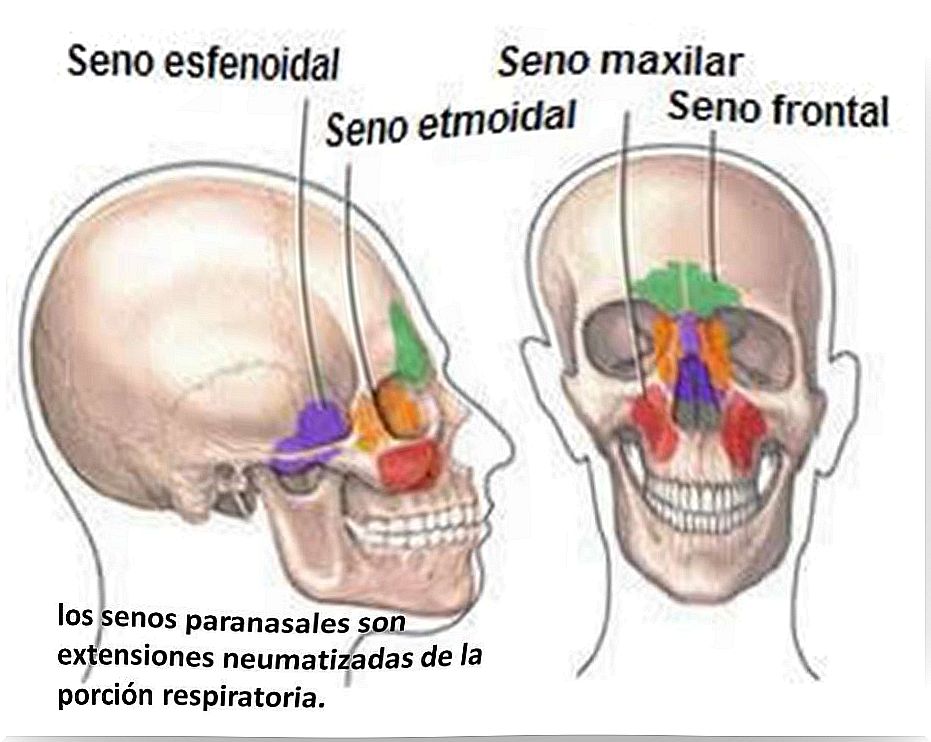
We have a total of 8 sinuses, 4 on each side of the face. Let’s see some interesting information about them.
Maxillary sinuses
- They are the largest of all the sinuses.
- It is shaped like a pyramid and has an approximate capacity of 15 ml.
- When we are born this breast is very small, and it is not until 8 or 9 years old that it widens to descend from the top of the nose to the bottom.
Frontal sinuses
- They are about 3 cm high and 2.5 cm wide. They are two cavities separated by a partition.
- They are related to the trigeminal nerve. This structure is the most important in the sensitivity of the face. That is why these breasts are the ones that cause the most pain when they become inflamed.
Ethmoid sinuses
This sinus is actually a set of ethmoid cells. Small mazes that expand the space that the air travels before reaching the lungs so that it is properly heated.
Sphenoid sinuses
- These breasts reach their full development when we turn 14 or 15 years old.
- They have a capacity of about 7.5 ml.
2. What is inside the sinuses?
Healthy, non-inflamed sinuses will have air in most of their cavities. However, to be correct, it must be said that these spaces inside our face are not completely empty.
The nasal and paranasal sinuses are lined by respiratory mucosa. This special epithelium is made up of hair cells.
These cells are structures with a kind of hair on their surface. These elements serve to retain particles that can damage the airway. In addition to retaining them, they favor sneezing to expel them.
This thin layer of cells is attached to the bone or adjacent cartilage. Among its functions, apart from the main one mentioned, the following stand out:
- Improve the humidification and heating of the air before it enters our interior.
- Produce mucus to protect ourselves from possible bacteria and foreign elements, thus preventing them from reaching the rest of the body.
3. Why are the sinuses inflamed?
Allergy and infections (usually viral) increase mucus production and cause the annoying runny nose and sneezing that we know, as stated in this study carried out by the University of Iberoamerica (Costa Rica).
Here we leave you the 3 most important sinusitis. The first one is banal and the other two are more complicated and may require the attention of a healthcare professional.
1. Acute sinusitis
Acute sinusitis is a very common condition associated with the simple cold. If the origin is viral, it heals by itself in a few days.
But if it is a bacterial infection, acute sinusitis could last up to four weeks or complicate one of the other two types.
2. Subacute sinusitis
In this case the problem is more serious and very annoying. Although it can be a complicated acute sinusitis, this type is usually the sinusitis typical of allergies and lasts from 2 to 3 months.
They usually study with:
- Constant mucus.
- Headaches.
- Dizziness
- Sensitivity to light.
3. Chronic sinusitis
Chronic sinusitis is very exhausting for the person who suffers it. It lasts more than 3 months and sometimes requires a surgical intervention to eradicate it.
4. Why are people more susceptible to sinus infections?
All of us, at any given time, can get a sinus infection. Now, there are certain medical conditions and risk factors that can increase this possibility.
Let’s see them below.
- Having a deviated nasal septum or any anatomical alteration of these structures.
- Have nasal polyps
- Work in contact with chemical pollutants (fertilizers, pesticides …).
- Living in a city where there is excess pollution (factories, car smoke …).
- Being in an environment with a lot of mold or humidity.
- Oral infections can lead to inflammation of the sinuses.
- People with immunodeficiency tend to have more infections at all levels, including the paranasal.
- Smoking (both actively and passively) favors the inflammation of these cavities. This is stated in this study carried out by the Ministry of Health of Chile.
5. How can I fight sinus infection?

The most advisable thing in case our paranasal inflammation lasts more than two weeks is to go to the doctor.
Once we have the proper diagnosis and treatment, we can carry out simple home strategies that will enhance our improvement.
These are a few small examples:
- Water and salt sprays.
- Infusions and steams with mint and eucalyptus.
- Rosemary infusions and vapors.
- Poultices of radish and chopped onion.
- Ginger and honey infusion.
Finally, sleeping at least 8 hours will also help us strengthen our immune system, according to this research from the Las Condes Clinic (Chile). This way our body will cope with the infection and will be able to eliminate it.
